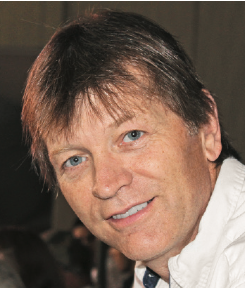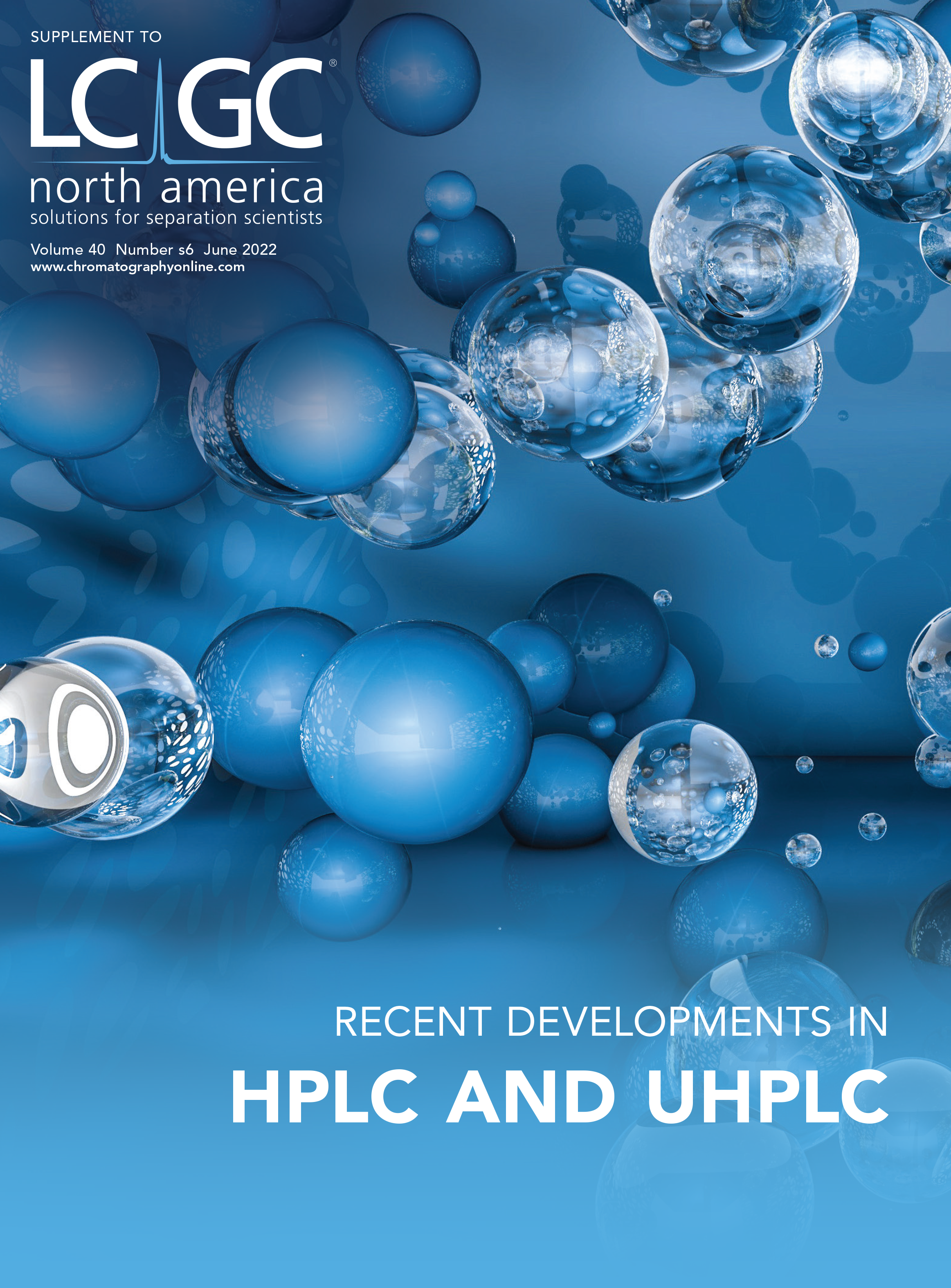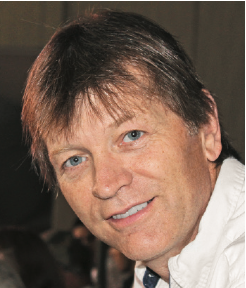Recent Developments in HPLC and UHPLC: From Our Guest Editor
Welcome to the 2022 edition of Recent Developments in LC Column Technology.
In this issue, we feature fundamental and innovative efforts from within the walls of some the leading companies in the separation science industry. The theme was inspired by the continuous output of essential separation tools and the seemingly endless streams of pertinent information that these companies provide the scientific community.
In the first article featured, Tony Edge, Matt James, and their colleagues at Avantor discuss stationary phase selectivity in supercritical fluid chromatography (SFC), a technique that is orthogonal and complementary to high-performance liquid chromatography (HPLC). Using a modified Neue approach and contrasts against HPLC to investigate variables that impact selectivity in SFC, the stationary phase is found to be of vital importance, whereas mobile phase modifiers are more useful for adjusting retention.
It is hard to believe that superficially porous particle (SPP) technology has now been around now for over 15 years—and still having a significant impact. In a contribution from Agilent Technologies, Lakshmi Subbarao discusses the use of SPP technology for preparative work. Using the purification of withaferin from ashwagandha, Sabbarao demonstrates that the reduced mass transfer term in the van Deemter, as compared to fully porous particle-based columns, can be utilized to run at faster flow rates without significant loss of resolution. This feature can substantially improve throughput and productivity.
Addressing the very hot topic of analyte interactions with metals in HPLC (1), Tom Walter and coworkers from Waters introduce a novel metal surface modification that mitigates interactions and inhibits potential on-column chemical reactions with analytes and extractables from metal surfaces. The organic/inorganic treatment is applied to both instrument and column hardware, proving impactful for traditional reversed-phase HPLC, as well as size-exclusion chromatography (SEC).
I may be a bit biased in this area, but I am sure what lies within these pages will convince you that the efforts put forth by these companies and their talented employees are essential for the continued progress of separation science.
Enjoy!
References
(1) D.S. Bell, LCGC N. Am. 40(5), 210–215 (2022).
David Bell is the Director of Research and Development at Restek Corporation.


Common Challenges in Nitrosamine Analysis: An LCGC International Peer Exchange
April 15th 2025A recent roundtable discussion featuring Aloka Srinivasan of Raaha, Mayank Bhanti of the United States Pharmacopeia (USP), and Amber Burch of Purisys discussed the challenges surrounding nitrosamine analysis in pharmaceuticals.











